Give us good art, not ‘socially inclusive’ art
The new policy of cultural democracy is bad for culture and bad for democracy.

Want unlimited, ad-free access? Become a spiked supporter.
The forthcoming General Election feels like it could be the non-event of the year. None of the parties offers a way of taking society forward, or has any solutions to economic stagnation or to the crises in education and the NHS. Where an election should be an opportunity to debate how to respond to radical Islam, the crisis in Ukraine, the future of schooling and much else, we can be pretty sure that this election will be marked by an avoidance of real controversy and dominated by petty differences such as how to deal with tax dodgers. Many people will feel their votes count for little, confirming their pessimism about the political system.
With the failure of political democracy as we know it, the idea of cultural democracy is gaining ground. We hear more and more that the solution to almost every social and political ill lies somewhere in the arts.
Thus the artist Bob and Roberta Smith (real name Patrick Brill) is contesting the election as a member of his 2013 creation, the Art Party, against Michael Gove. He is campaigning for art education in all schools. In a rather directionless and rambling statement explaining his reasons for standing, he says: ‘One of the things that the arts can do in times of difficulty is provide direction and optimism…’
Bob and Roberta Smith will be lucky to save his deposit, but his ideas are increasingly mainstream. Advocates of cultural democracy, such as John Holden, have argued that ‘democratising culture’ means everyone should ‘have physical, intellectual and social access to cultural life, and… the ability and confidence to take part in and fashion the culture of today’. Holden proposes that ‘it is only when we have a cultural democracy, where everyone has the same capacity and opportunity to take part in cultural life, that we will have a chance of attaining a true political democracy’.
Such ideas no longer just shape the work of arts organisations committed to community engagement – they have now entered the policies of major cultural institutions. The rhetoric of cultural democracy has been widely adopted by mainstream politicians, too.
‘Artists express ideas, attitudes and beliefs that are often central to politics, society and economics’, says Tate director Nicholas Serota. He believes that institutions like the Tate are ‘crucial resources in a world where creative expression is becoming ever more important’. He goes on to claim that, because of the internet and new media, ‘People can voice views as never before; the questions must be what they do with that freedom and what skills they have to make the most of it. In this new creative politics, how do we enfranchise people and ensure that nobody is excluded?’
The Arts Council’s current vision of ‘Achieving great art and culture for everyone’ encapsulates the view that the arts are essential to social wellbeing and democratic citizenship: ‘These intrinsic effects [of the arts] enrich individual lives, but they also have a public spillover component in that they cultivate the kinds of citizens desired in a pluralistic society. These are the social bonds created among individuals when they share their arts experiences through reflection and discourse, and the expression of common values and community identity through artworks commemorating events significant to a nation’s (or people’s) experience.’
The Council’s commitment to democratising culture is demonstrated in its extensive public consultation exercises to explore ‘how we can engage a wider range of voices in our decision-making and [develop] an Arts Council involvement strategy’.
A main target of cultural democracy is what its proponents see as elitism. John Maynard Keynes’ original purpose in establishing the Arts Council, in the middle of the last century, was to ensure ‘our people’ have ‘full access to the great heritage of culture in this country’ – but this is now seen as an essentially elitist enterprise, celebrating the culture of the upper classes. The first secretary of state for culture under New Labour in the late 1990s, Chris Smith, coined the slogan ‘for the many not the few’, and insisted that the arts should show their value not just to the educated and the well off but to improving the wellbeing of hitherto excluded communities. He pushed culture towards the centre of New Labour policy, targeting elitism in the arts and promising everyone’s right to be represented by ‘excellent’ culture – from opera to hiphop, oil paintings to participative art. His approach of making funding for the arts conditional on their commitment to social inclusion met with hostility from the cultural sector, which accused him of imposing an instrumentalist agenda on the arts.
Yet engaging marginalised communities is now a central preoccupation of cultural institutions. The Arts Council lauds projects that work ‘with people from a range of backgrounds who have been made to feel that that they belong on the sidelines of society because of their age, mental health, gender, sexuality or ethnicity …[and which provide] a platform to explore the issues and problems people want to talk about’.
Cultural democracy promotes diversity of identity. Its proponents critique political democracy and cultural institutions for their failure to recognise and represent the full range of diversity in society – as evidenced, they say, by the domination of white men at the top of political and institutional hierarchies. Cultural democracy proposes that true diversity empowers individuals and communities marginalised by the mainstream institutions to ‘have a voice’.
In December 2014, the Arts Council demanded that the organisations it funds ‘better reflect the diverse communities they serve’. The Museums Association welcomed the announcement: ‘This is a great opportunity for museums to engage with communities in a meaningful way to ensure that their rich heritage is represented and that their many different stories are told.’
The Museums Association, with its vision ‘Museums Change Lives’, is trespassing on the territory of political and social activism when it urges museums to support positive social change – ‘every museum must play its part in improving lives, creating better places and helping to advance society’. By centring their priorities on communities, museums can, it claims, promote active, engaged and empowered citizenship.
Empowered cultural citizenship is also the goal of cultural education programmes provided by many arts and heritage institutions. Targeted at so-called ‘marginalised’ groups, these programmes support personal, social and health education or encourage children and individuals from ‘diverse communities’ to create artworks, compose music, or participate in theatre productions that give voice to their identities, as counterpoints to the ‘unrepresentativeness’ of mainstream art.
The Museums Association flags up as good practice projects which exemplify this social activist approach. Leighton House Museum in London, the gorgeously decorated home of nineteenth-century artist Frederic Leighton, hosted an exhibition of photographs ‘to introduce the realities of life for lesbian, gay, bisexual and transgender (LGBT) people in the Middle East’, linked to the possibility that Leighton was himself a closet homosexual. The Pitt Rivers Museum in Oxford undertook a major consultation on a collection of Blackfoot shirts from Canada, ‘to enable Blackfoot people to reconnect with and learn from these heritage objects’. Perhaps these ‘exemplary’ projects had some legitimate artistic or historic features, but they are celebrated for representing the marginalised – for connecting with the lives of people otherwise ‘excluded’, giving voice to those normally not ‘listened to’.
The problem with connecting culture and democracy is that it confuses the two spheres of public engagement and does neither any favours.
Cultural institutions once saw it as their priority to cultivate, preserve and display the best of the arts. Their unique contribution was to cultivate culture in the public sphere, for anyone to enjoy, by developing public understanding of the arts and sciences that have shaped the world we live in today. Through providing access to their collections and archives, they offered inspiration to, and sometimes platforms for, writers, painters, dramatists, architects, and many more.
Now they are desperate to be seen as inclusive, non-elitist public spaces. They strive to show that they can be central to the wellbeing and empowerment of minorities ‘at the margins’ of mainstream society. This is a major problem. For their fear of being charged with elitism or causing offence has overridden their commitment to artistic freedom – as exemplified by the debacle last year at the Barbican when the Exhibit B installation was closed down in response to protests by black and ethnic minority campaign groups.
When Index on Censorship called for better management of controversy in response to the Barbican’s actions, it reflected the view that artists and art institutions should exercise self-censorship rather than risk offending groups with an axe to grind: ‘Controversial art triggers debate – and in the case of Exhibit B there was a huge outpouring of feeling in opposition to the work. A contemporary institution should anticipate and provide for this.’
The impetus to democratise culture, for cultural institutions to engage in cultural democracy, has the effect of constraining the arts by imposing tacit rules of self-censorship to avoid controversy, thus limiting freedom of expression. Cultural democracy isn’t about the free exchange of ideas, because the process of ‘democratising culture’ forces artists and arts institutions to think about whether some members of the public might feel excluded, disrespected or insulted. Concern about offending or excluding particular communities makes institutions nervous of putting on work that is challenging and controversial.
Cultural democracy does not create better conditions for political democracy, either. The opposite is the case. It fragments our world into randomised identities that emphasise our differences, excluding the possibility of finding common ground. In contrast, the ideal of political democracy promotes a vibrant public culture which generates ideas and controversies that keep us on our intellectual toes, debating the complex issues that arts often address but cannot resolve. We need a better political democracy, not a public sphere where we have to tiptoe round multiple cultural sensibilities in the name of cultural democracy.
Wendy Earle is convenor of the Institute of Ideas Arts and Society Forum.
You’ve read 3 free articles this month.
Support spiked and get unlimited access.
Help us hit our 1% target
spiked is funded by readers like you. It’s your generosity that keeps us fearless and independent.
Only 0.1% of our regular readers currently support spiked. If just 1% gave, we could grow our team – and step up the fight for free speech and democracy right when it matters most.
Join today from £5/month (£50/year) and get unlimited, ad-free access, bonus content, exclusive events and more – all while helping to keep spiked saying the unsayable.
Monthly support makes the biggest difference. Thank you.
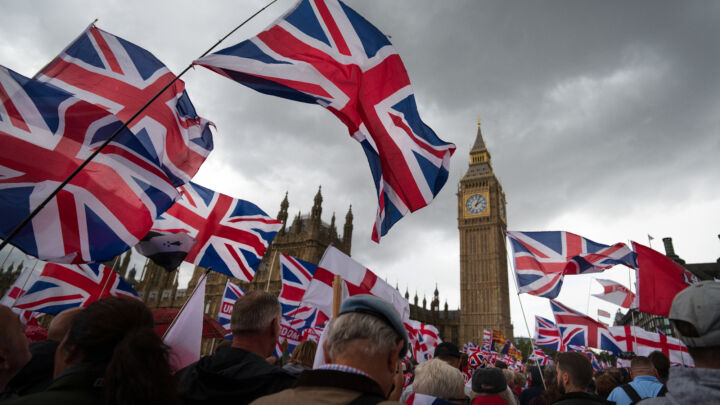
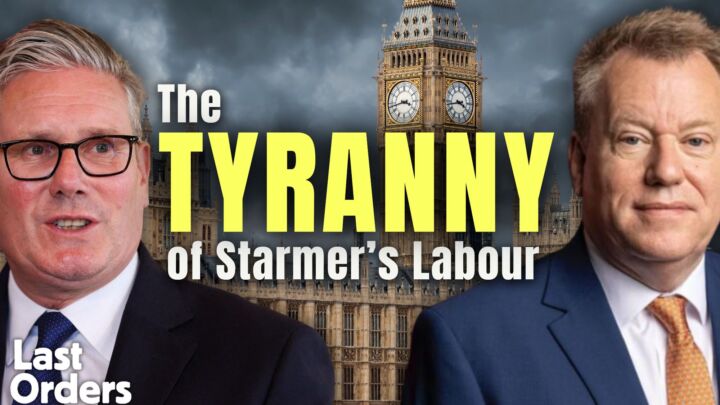

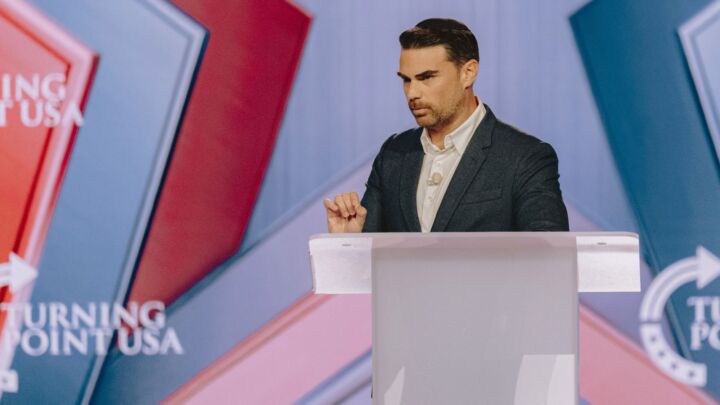
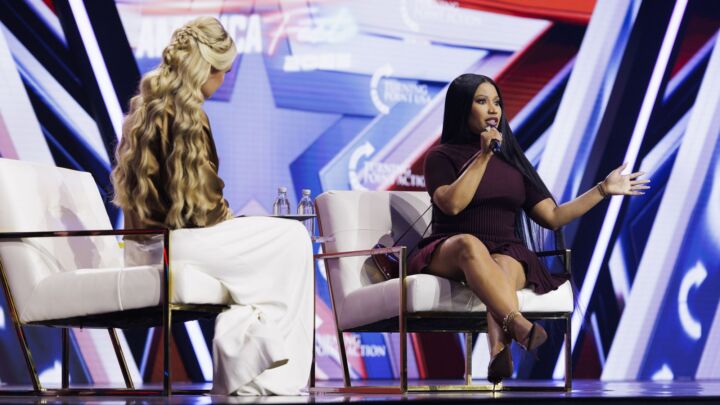
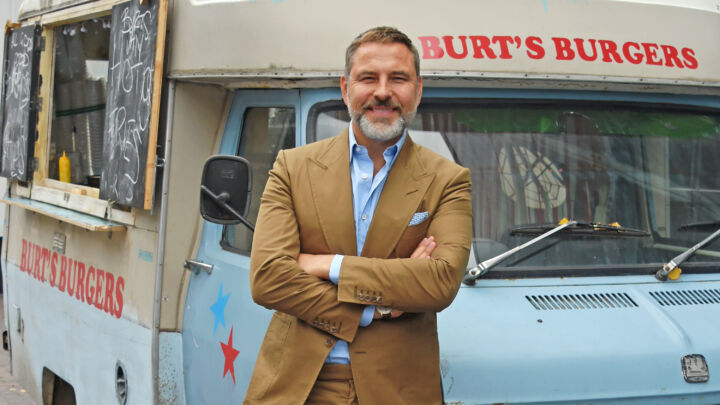
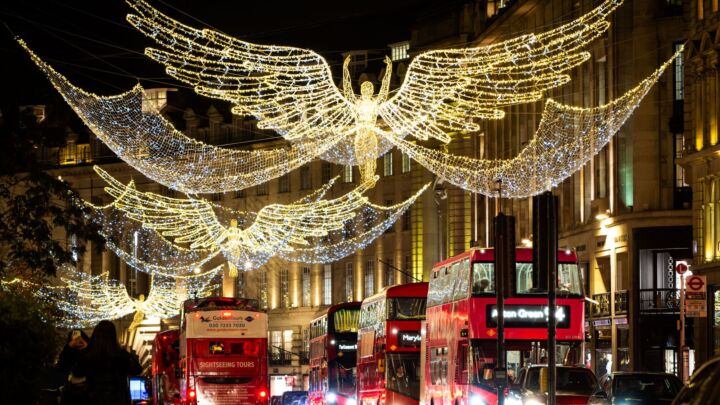

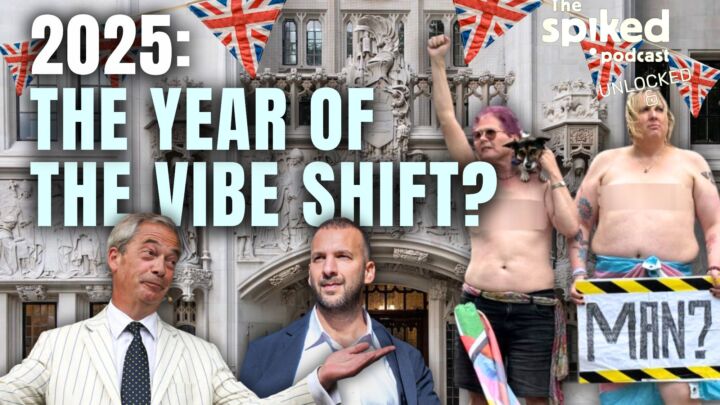

Comments
Want to join the conversation?
Only spiked supporters and patrons, who donate regularly to us, can comment on our articles.